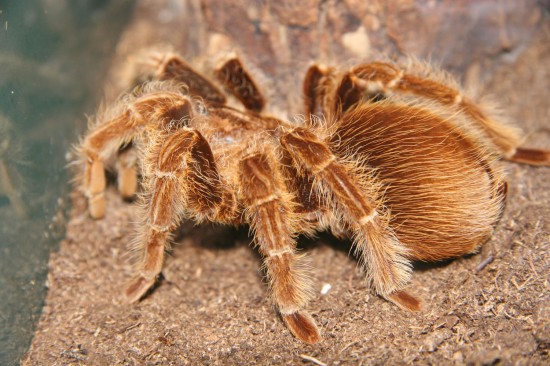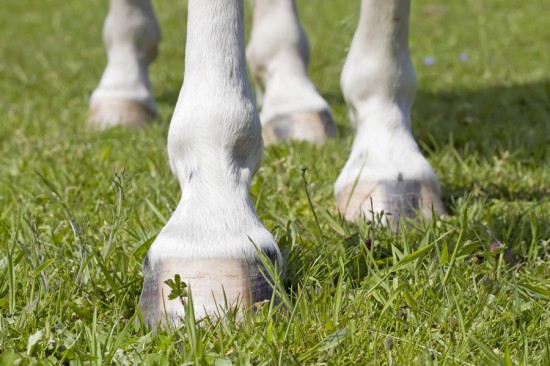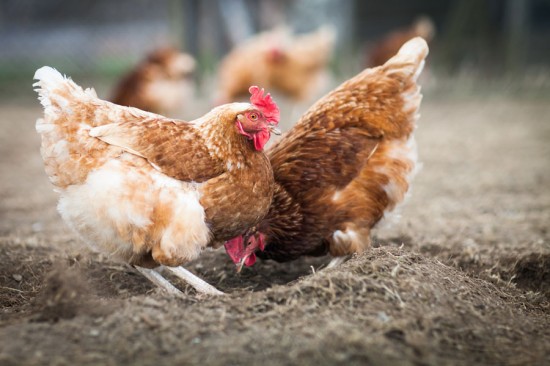

If you have reached the decision to buy a tarantula as a pet, congratulations! Tarantulas are beautiful and fascinating pets, as well as being fairly unusual. Even after you have undertaken all of the significant amount of research that you will need to do to learn enough about these spiders to make an informed decision to buy one, you may nevertheless find yourself getting stuck at the final stages.
Knowing where to actually find a selection of tarantulas for sale, how to spot a healthy specimen, and how to make sure that what you’re buying is the right pick for you is the final leg of your research process, and we can help. Read on for our top tips on finding and choosing a tarantula to suit you.
There are many different species of tarantula kept in captivity, and not all of them are suitable for the beginner or first-time keeper. Narrow down your choices by considering only hardy, docile varieties that are well suited to the novice keeper, and steer clear of any of the rarer or more exotic and unusual varieties for your first purchase.
Most beginner-suitable spiders are relatively inexpensive to buy, although the larger and more mature a tarantula is, the higher their value comparatively to other tarantulas of the same type. You may desire to buy a large, fully grown adult tarantula with its associated impressive appearance right away, but these are always more expensive and harder to find offered for sale than spiderlings (juvenile spiders) or those that are still growing.
Before you go out browsing tarantulas with a firm intention to buy, make sure that you have everything ready and set up to accommodate your new purchase. Many retailers will offer a discount if you buy your tarantula and a tank and everything else you will need to house them all in one go, but it is strongly recommended to buy the tank and all of the necessary equipment and set it up and get it running before you bring your tarantula home.
Making a decision on the right variety of tarantula for you is important, as is making sure that you can pick one out of a line up! If you go to a pet store or retailer and ask to view a specific variety of tarantula, do you know enough about them to be sure that what you are being shown is actually a spider of that variety? Remember that male and female spiders within the same breed can look rather different to each other, and that spiderlings and juvenile spiders often look significantly different to their adult counterparts in colouration and appearance.
There are a wide variety of potential places to look for tarantulas for sale, and a mainstream, non-specialist pet shop is not the best place to start. Try to buy from an experienced and reputable dealer or seller who is enthusiastic about tarantulas and able to discuss their care requirements with you in depth rather than buying from an unknown quantity.
Specialist exotic pet retailers are often well versed in the care and maintenance of arachnids, as are private sellers and arachnid enthusiasts such as you can find in the tarantulas for sale section here on Pets4Homes.
When looking at any offerings of tarantulas for sale, it is important to buy a specimen that is uninjured and otherwise appears healthy. Look for any injuries on the abdomen or body of the spider, and that all eight legs are present and uninjured! Also ensure that the two pedipalps are present and uninjured, and that the spider does not appear to be moving oddly or suffering from any other obvious problems.
Know what to look for in the healthy tarantula
It is often recommended to choose a female tarantula over a male, as females tend to live longer; often significantly so. In some species, the average longevity of the male is under five years, while the females can live to well into their twenties!
The vast majority of tarantulas kept and offered for sale within the UK today are captive bred, but you should always take steps to ensure that this is the case. All responsible tarantula sellers and breeders will be able to answer straight away the question of where their tarantulas came from and how they were bred; if you are faced with any hesitation or uncertainty in the answer, buy from another seller.
 Common Conditions Of The Equine Foot
Common Conditions Of The Equine Foot
 Whippet Hereditary Health And Health Testing
Whippet Hereditary Health And Health Testing
 Common Health Problems In Pet Chickens
Common Health Problems In Pet Chickens
 Characteristics and Origin Of Lhasa-Tzu Puppy - Crossbreed Of Shih Tzu And Lhasa Apso
Characteristics and Origin Of Lhasa-Tzu Puppy - Crossbreed Of Shih Tzu And Lhasa Apso
 Five Indications That You Really Need To Insure Your Dog
Five Indications That You Really Need To Insure Your Dog
 Why You Should Train Your Male Golden Retriever Puppies With Care?
Why You Should Train Your Male Golden Retriever Puppies With Care?
Copyright © 2005-2016 Pet Information All Rights Reserved
Contact us: www162date@outlook.com